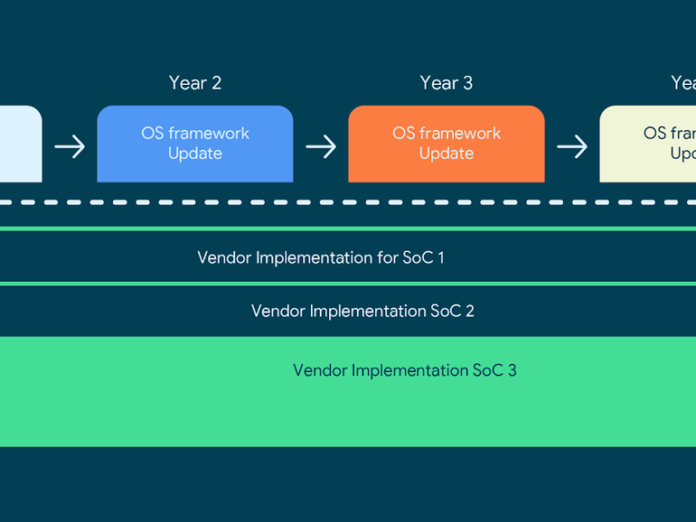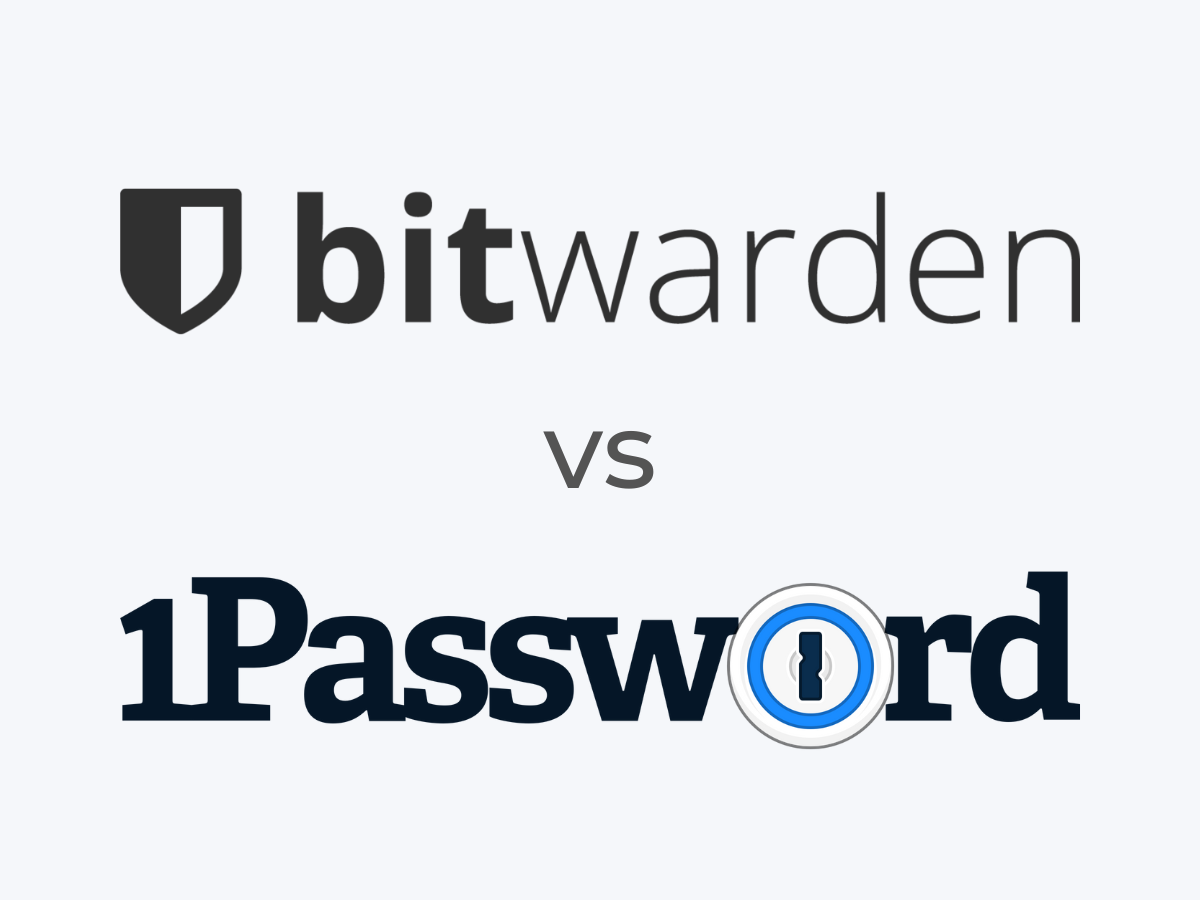One of the things that Apple and iOS can hold over the Android ecosystem is how fast OS updates on iPhones and iPad are installed. However, compared to the abundance of potential hardware available in the Android ecosystem, Apple is restricted to a relatively smaller set.
It has been a problem with Android from the start, and in 2017, Google took steps to make the update process smoother with Project Treble, which split the OS framework off from the low-level vendor implementation in each handset.
And it worked, to an extent.
As Google explained in a blog post on Wednesday, when an Android OS release happens, Google publishes a generic image from the open-source version of Android that is guaranteed to be backwards-compatible with the prior three versions of vendor implementations. New devices must also have vendor implementations that are compatible with the generic images.
“This is the primary vehicle for reducing fragmentation within the OS framework,” Google said.
“Besides the reuse of a vendor implementation across OS updates, the Treble architecture also facilitates the re-use of the same OS framework code across different vendor implementations.”
However, this picture gets much murkier for a company like Qualcomm, who needs to support many of its different system-on-chip (SoC) products, and device makers purchasing the silicon.
“The result is that three years beyond the launch of a chipset, the SoC vendor would have to support up to six combinations of OS framework software and vendor implementations. The engineering costs associated with this support limited the duration for which SoC vendors offered Android OS software support on a chipset,” Google said.
“The crux of the problem was that, while device requirements were never retroactive, the requirements for SoCs were. For example on Android Pie, SoCs had to support two versions of the Camera HAL API on a chipset if it was used to support new device launches and upgrades.”
After a year of work with Qualcomm, Google said it has made changes that will allow chip makers to use the same vendor implementation for SoCs for the supported lifetime of the device — that being four years consisting of the original Android OS version and three OS upgrades — as well as the search giant also using the OS framework across multiple Qualcomm chips.
“Going forward, all new Qualcomm mobile platforms that take advantage of the no-retroactivity principle for SoCs will support four Android OS versions and four years of security updates,” Google said.
“All Qualcomm customers will be able to take advantage of this stability to further lower both the costs of upgrades as well as launches and can now support their devices for longer periods of time.”
The changes will begin with all chips launching on devices running Android 11 and later.
In the past fortnight, Qualcomm has launched its new flagship Snapdragon 888 chip, and on Wednesday unveiled its new mid-tier 678 chip.





